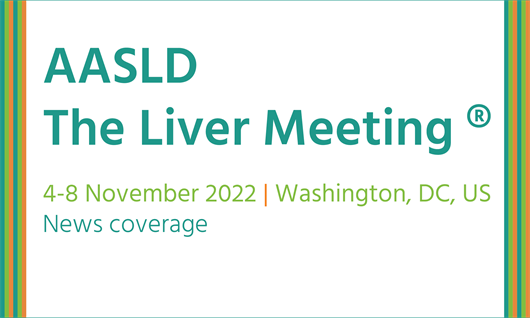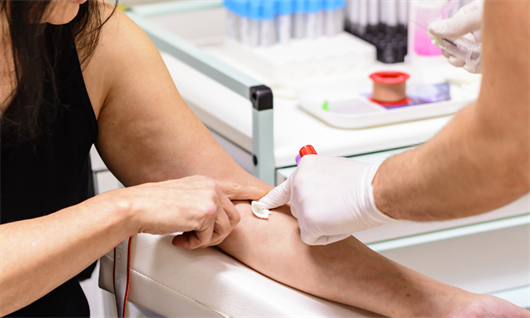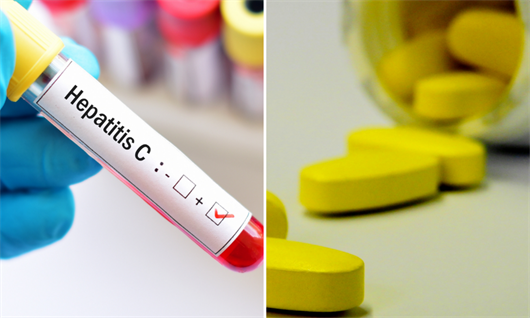
This month's bulletin highlights the key news from The Liver Meeting, the annual conference of the American Association for the Study of Liver Diseases (AASLD), which was held from 4-8 November in Washington, DC.
Sadly, this is the last infohep bulletin and the last news reporting from infohep. The funders of infohep have chosen to redistribute funds towards other ongoing or emerging health conditions and NAM is unable to support infohep as an ongoing standalone resource.
NAM aidsmap will continue to report stories on hepatitis and HIV co-infection.
The collection of information and new stories that infohep has generated will remain accessible.
We would like to thank all those who have supported this site with expertise and reporting, especially Ingo van Thiel of Deutsche Leberhilfe e.V. and Liz Highleyman, and our translation partners.






Connect with infohep on Facebook: Keep up to date with all the latest news and developments.
Follow infohep on Twitter for links to news stories and updates from infohep.org. Follow us at www.twitter.com/infohep.
Follow all the infohep news by subscribing to our RSS feeds.